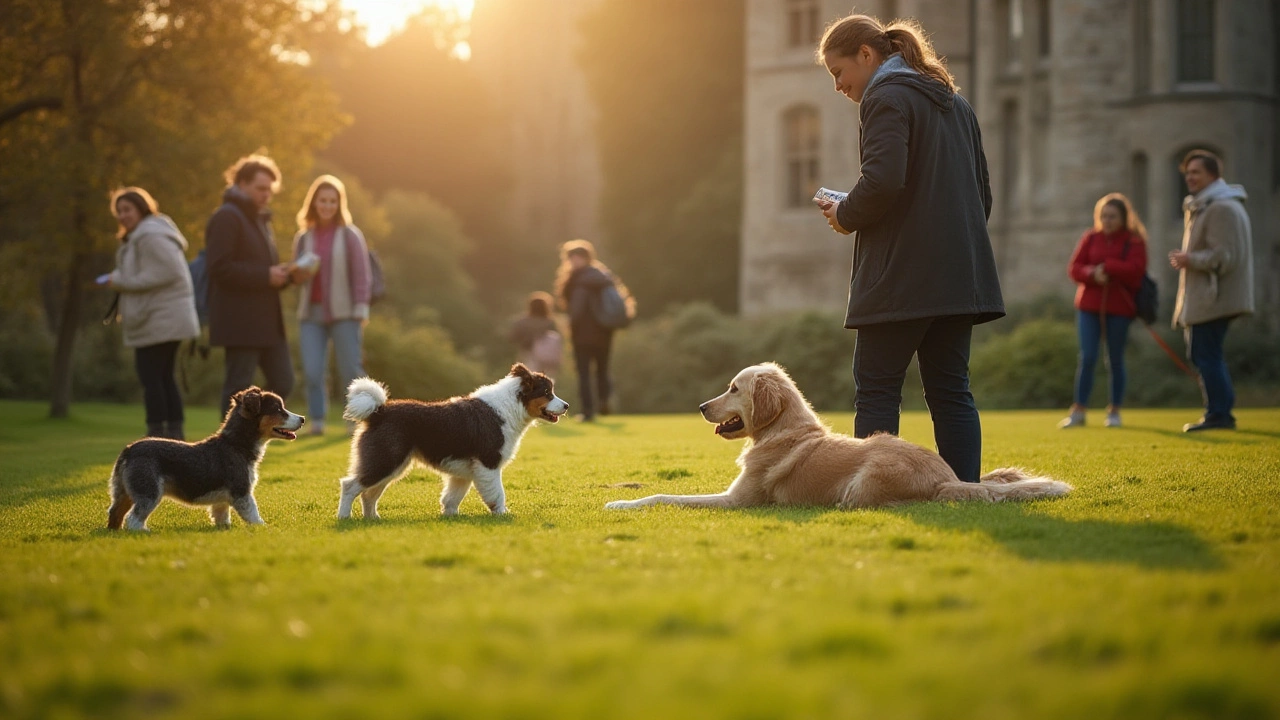Dog Training Sessions: Simple Steps for Real Results
Ready to turn walk‑time chaos into calm, focused fun? A good training session doesn’t need fancy equipment or hours of research – just a clear goal, a short plan, and a lot of patience. Below you’ll find the core pieces that make every session count, plus a few shortcuts that keep both you and your pup motivated.
Plan a 5‑Minute Focus Window
Most dogs can’t stay sharp for long. Pick a time of day when your dog is relaxed but not tired – usually after a short walk or play break. Set a timer for five minutes and aim to finish a single command or skill within that window. If the timer runs out, stop the session and try again later. Short, successful bursts build confidence faster than long, tiring drills.
Positive Reinforcement is Your Best Tool
Reward the behavior you want to see, not the mistakes you want to erase. Small treats, a quick game of fetch, or enthusiastic praise work just as well. For example, when teaching “sit,” wait for the natural sit, then immediately give a treat and a happy "Good sit!". Consistency is key – everyone in the house should use the same cue and reward so the dog doesn’t get confused.
If you’re dealing with barking, check out our guide on "What Really Stops Dogs From Barking?" – it shows how matching the cause with calm training beats harsh collars every time. Likewise, when you want a gentle alternative to a bark collar, our "Gentle Alternatives to Bark Collars" post lists science‑backed tools that keep things humane.
Use the Right Gear, Not the Wrong Gear
Training collars can help, but only when they’re safe and used correctly. Our "Best Dog Training Collars" article breaks down the 2025 top picks – look for lightweight, breakaway designs that work with positive reinforcement rather than shock.
For puppies, a soft chew toy can double as a focus object. The "Best Toys for New Puppies" guide explains which toys keep little mouths busy without encouraging destructive chewing.
End with a Cool‑Down
Just like a workout, a training session needs a wind‑down. Spend a minute petting your dog, offering a treat, or playing a low‑key game. This signals the end of work and reinforces that training is a positive part of the day.
Remember, every dog learns at its own pace. If a session feels stuck, switch to a different cue or take a break. Consistent, short sessions built on rewards, the right tools, and clear goals turn ordinary walks into enjoyable learning experiences for both you and your furry friend.

How Long Should Dog Training Sessions Last? Expert Tips and Timing Guide
Curious how long dog training sessions should be for real results? Unwrap the science, practical tips, and timing secrets for training dogs of any age and breed.
View more